Evidence of IMBH in Omega Centauri discovered by Hubble
Wednesday, July 17, 2024
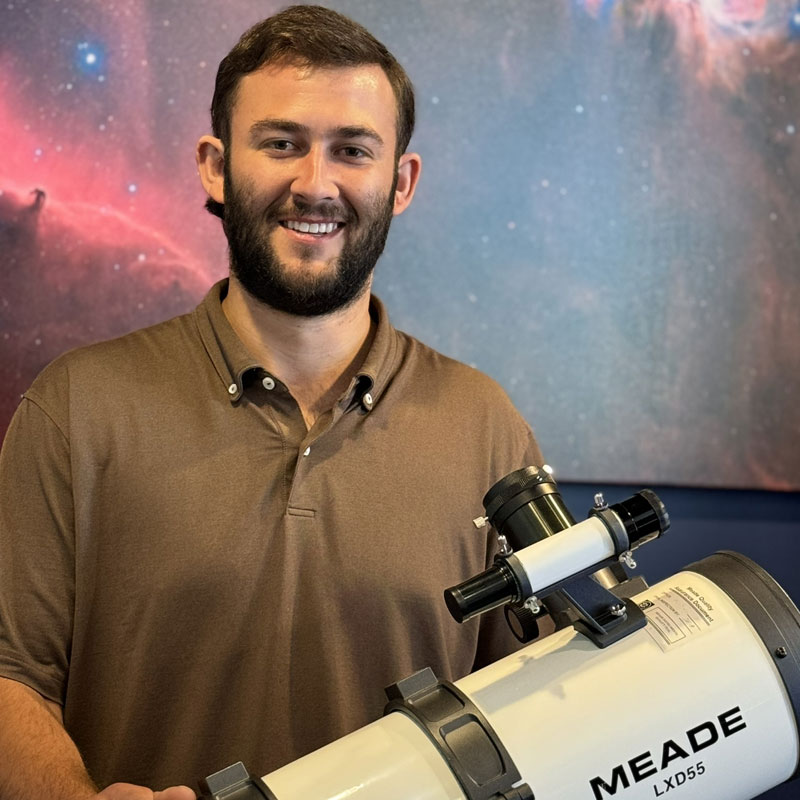
|
Freeman Lightner |
An international team of astronomers has analyzed over 500 images from NASA's Hubble Space Telescope, spanning two decades, to identify seven fast-moving stars in Omega Centauri, the largest and brightest globular cluster. These stars provide strong evidence of IMBH, aka an intermediate-mass black hole.
Most black holes known to science fall into two categories: extremely massive, like those found at the centers of large galaxies, or relatively lightweight, with masses less than 100 times that of the Sun. Intermediate-mass black holes (IMBHs) are rare and considered elusive "missing links" in black hole evolution.
Evidence of IMBH in Omega Centauri discovered by Hubble
An international team of astronomers, using over 500 images from NASA's Hubble Space Telescope collected over two decades, has sought evidence of an intermediate-mass black hole by tracking the movement of seven fast-moving stars in the core of the globular star cluster Omega Centauri.
Omega Centauri is nearly 10x more massive than other large globular clusters and contains around 10M gravitationally bound stars, making it comparable in mass to a small galaxy.
Photo Credit: ESA/Hubble, NASA, Maximilian Haberle (MPIA)
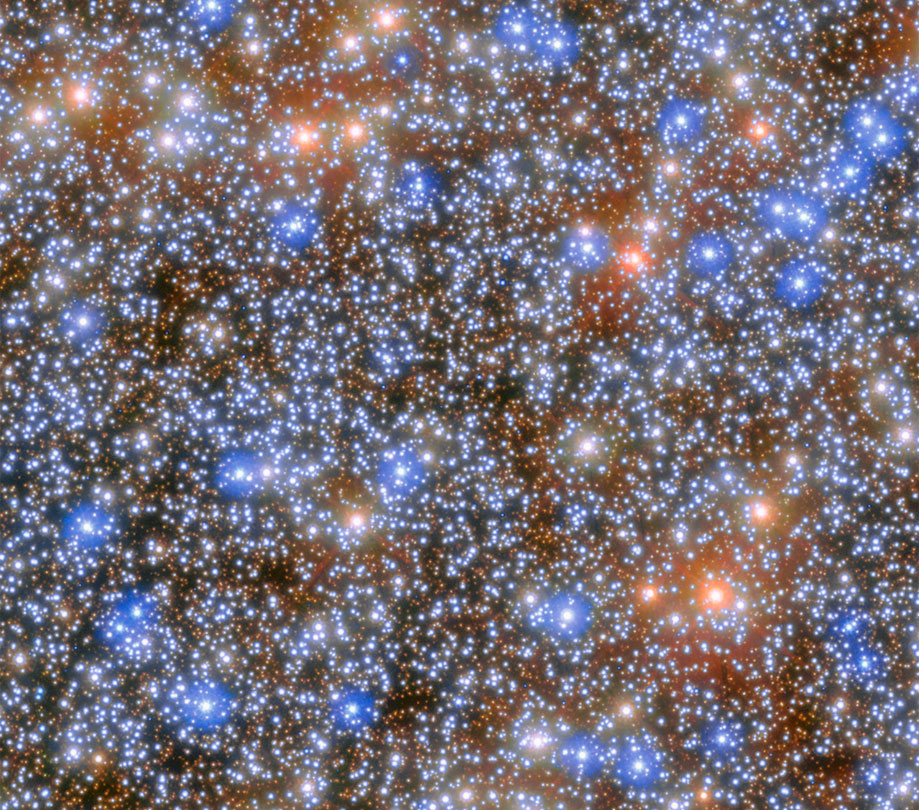
Hubble captures evidence of IMBH in Omega Centauri
This image above captured the core area of the Omega Centauri globular cluster, where NASA's Hubble Space Telescope has uncovered compelling evidence for a candidate intermediate-mass black hole.
These stars provide compelling new evidence for the gravitational influence of an intermediate-mass black hole. To date, only a few other candidates for IMBHs have been identified.
Omega Centauri, containing about 10 million stars, is roughly ten times more massive than other large globular clusters and approaches the mass of a small galaxy.
Scientists aim to answer several questions: Are there any IMBHs? How common are they? Do supermassive black holes evolve from IMBHs? Are dense star clusters their preferred environment?
The team has created an extensive catalog of stellar motions within the cluster, measuring the velocities of 1.4 million stars based on Hubble's images. These observations, originally intended to calibrate Hubble's instruments, turned out to be perfect for the team's research.
"We discovered seven stars that shouldn't be there," said Maximilian Häberle of the Max Planck Institute for Astronomy in Germany, who led the investigation. "These stars are moving so fast that they would escape the cluster if not for a massive gravitational pull. The only object that could be so massive is a black hole, with a mass at least 8,200 times that of our Sun."
Previous studies suggested the presence of an IMBH in Omega Centauri, while others proposed the mass might come from a cluster of stellar-mass black holes. The absence of fast-moving stars above the escape velocity made the IMBH hypothesis less likely.
Photo Credit: ESA/Hubble, NASA, Maximilian Haberle (MPIA)
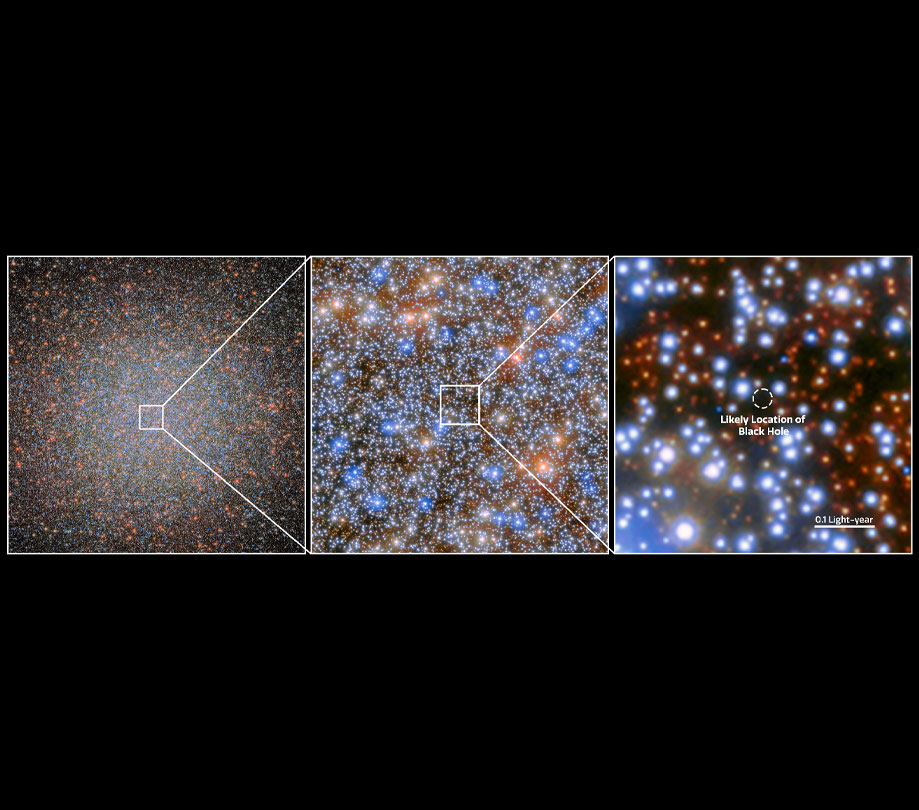
IMBH discovery in Omega Centauri: Three-panel evidence
An international team of astronomers analyzed over 500 images from NASA's Hubble Space Telescope, gathered over two decades, to identify seven fast-moving stars in the core of Omega Centauri, the largest and brightest globular cluster in the sky. These stars offer strong new evidence of an intermediate-mass black hole (IMBH) influencing their motion. To date, only a few IMBH candidates have been identified. This image highlights the IMBH's location in Omega Centauri. If verified, this candidate black hole, situated 17,700 light-years away, would be closer to Earth than the 4.3-million-solar-mass black hole at the center of the Milky Way, which is 26,000 light-years distant. Aside from the Galactic center, it would be the only known instance of multiple stars closely orbiting a massive black hole. The image is divided into three panels: the left panel shows Omega Centauri, a cluster of stars in red, white, and blue against the blackness of space; the middle panel zooms in on the cluster's central region, revealing individual stars in greater detail; the right panel indicates the location of the IMBH candidate within the cluster.
"This discovery provides the most direct evidence so far of an IMBH in Omega Centauri. This is exciting because there are very few known black holes of similar mass. The black hole in Omega Centauri could be the best example of an IMBH in our cosmic neighborhood," said Nadine Neumayer of the Max Planck Institute for Astronomy, who led the study with Anil Seth from the University of Utah.
If confirmed, this candidate black hole, at a distance of 17,700 light-years, would be closer to Earth than the 4.3-million-solar-mass black hole at the center of the Milky Way, which is 26,000 light-years away.
Omega Centauri is visible to the naked eye from Earth and is a popular target for stargazers in the southern hemisphere. Positioned just above the Milky Way plane, the cluster appears almost as large as the full Moon when viewed from a dark rural area. It was first cataloged by Ptolemy nearly 2,000 years ago as a single star. Edmond Halley identified it as a nebula in 1677, and in the 1830s, English astronomer John Herschel was the first to recognize it as a globular cluster.
Photo Credit: ESA/Hubble, NASA, Maximilian Haberle (MPIA)
ScopeTrader's latest survey
Featured Stories

Stay Updated
Sign up for our newsletter for the headlines delivered to youSuccessFull SignUp

|
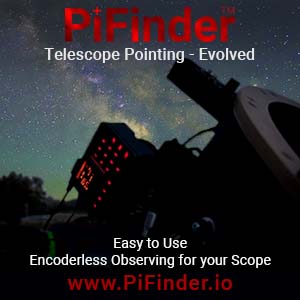

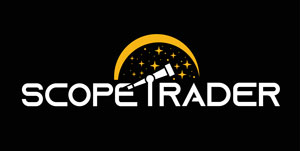
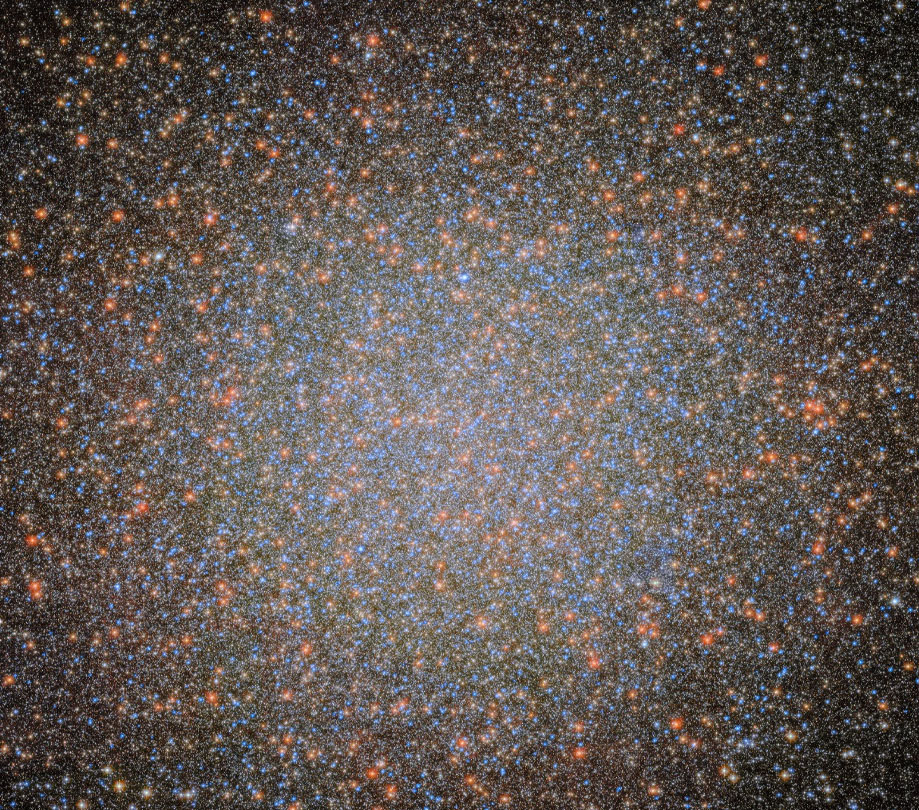

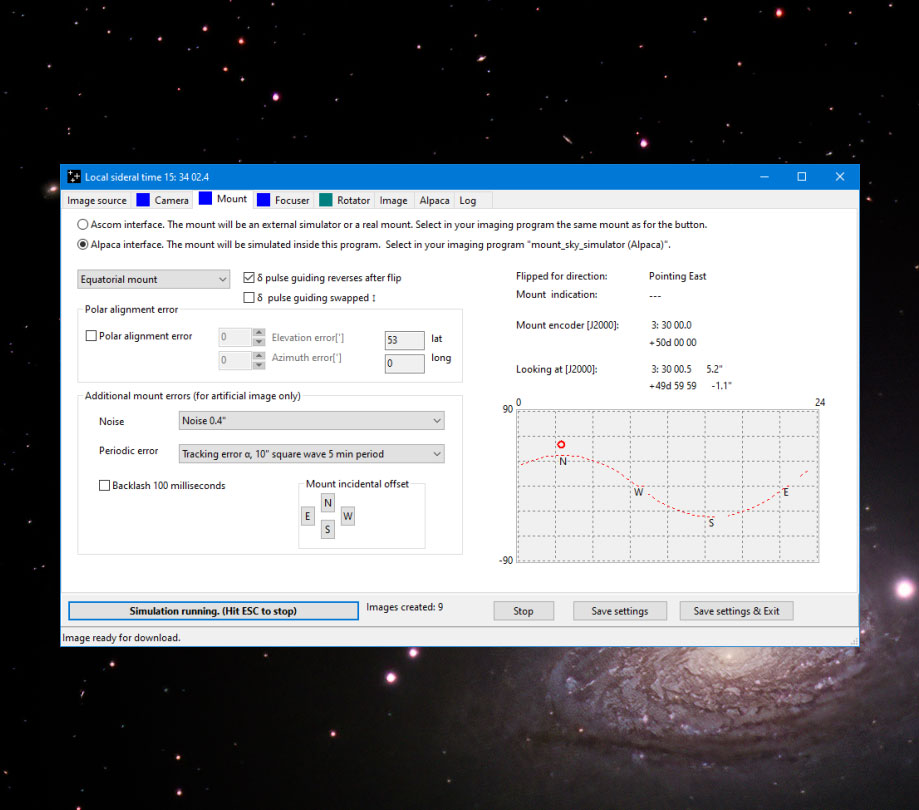


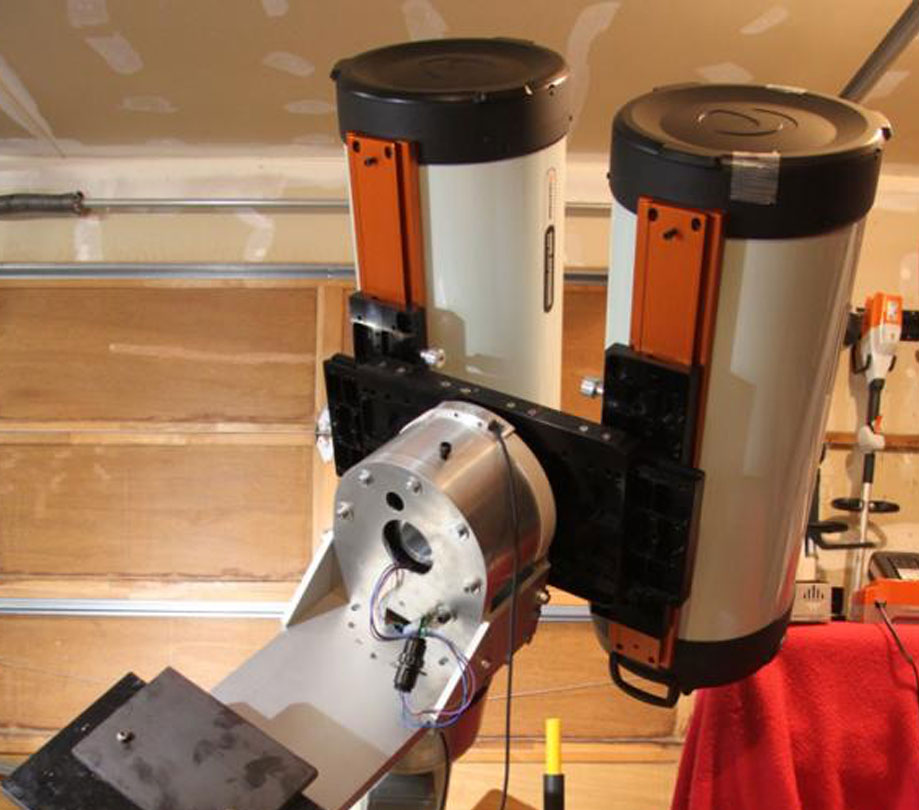
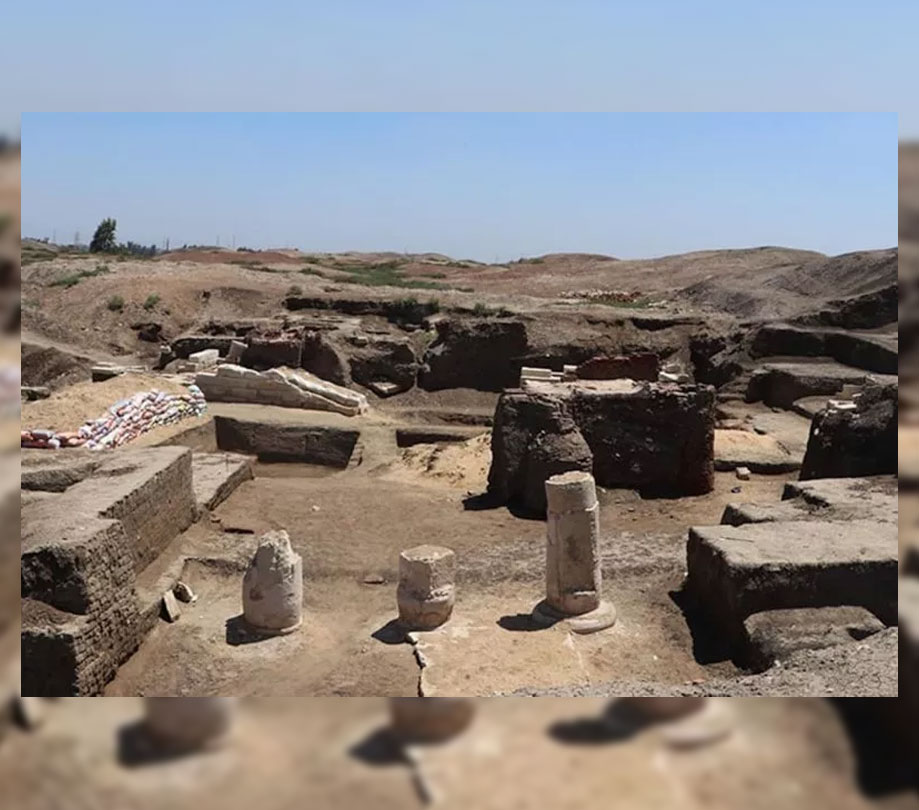
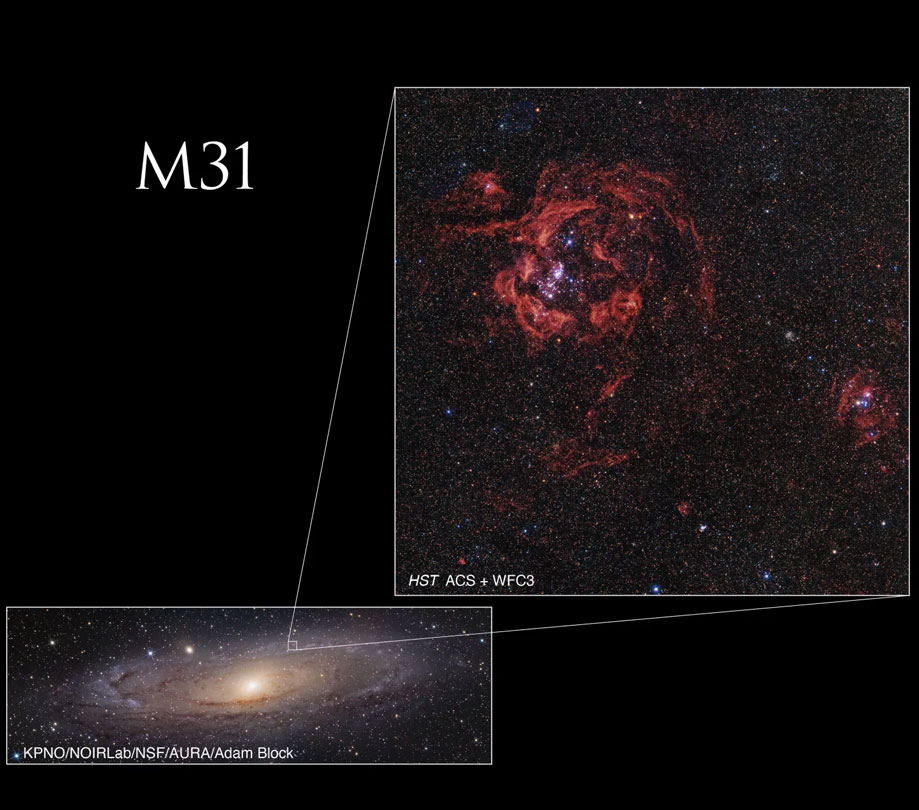
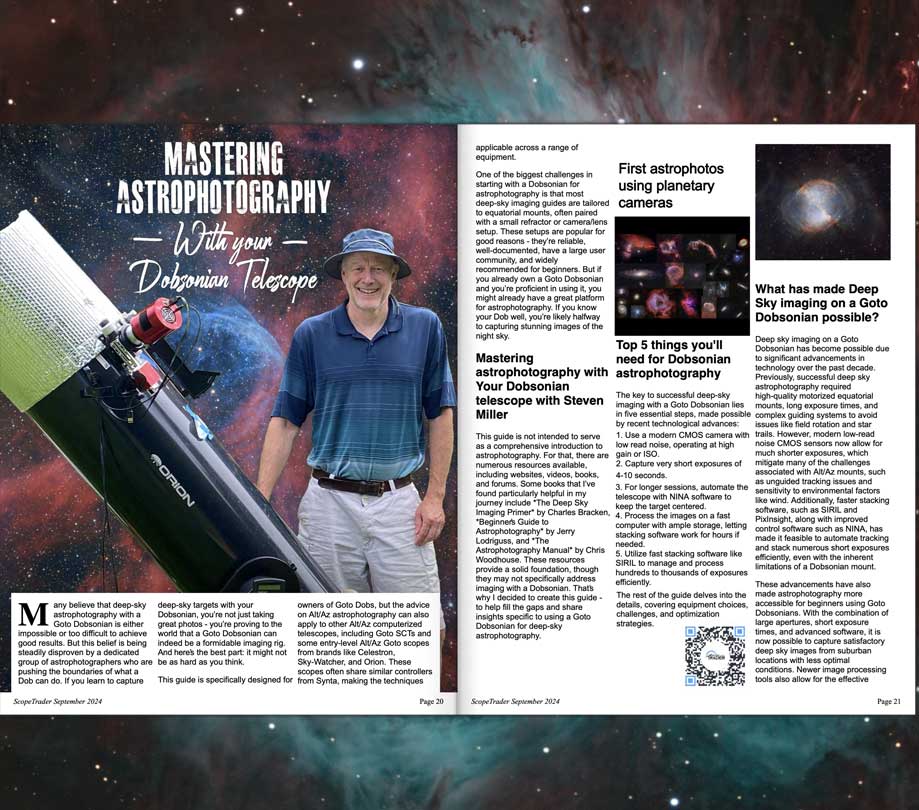
Comments